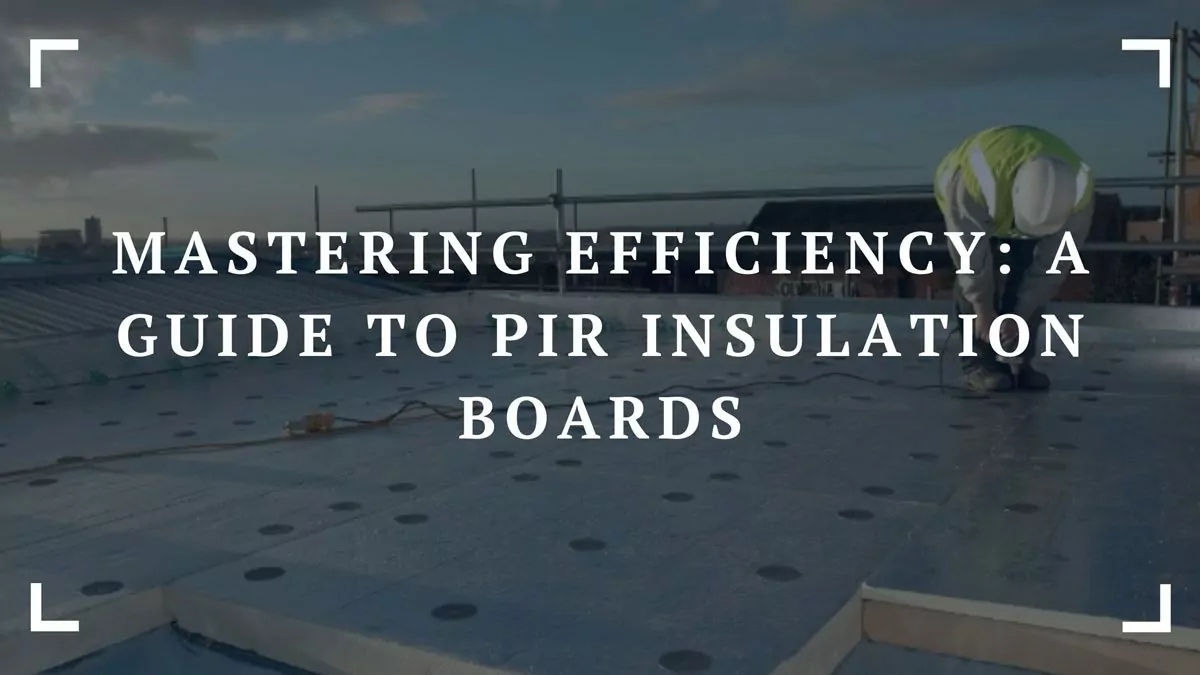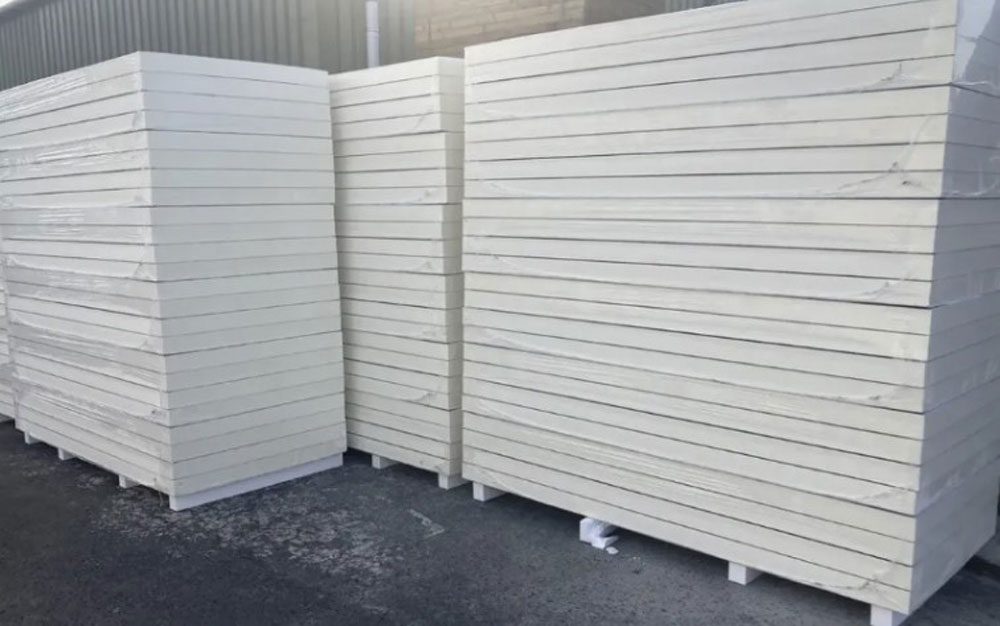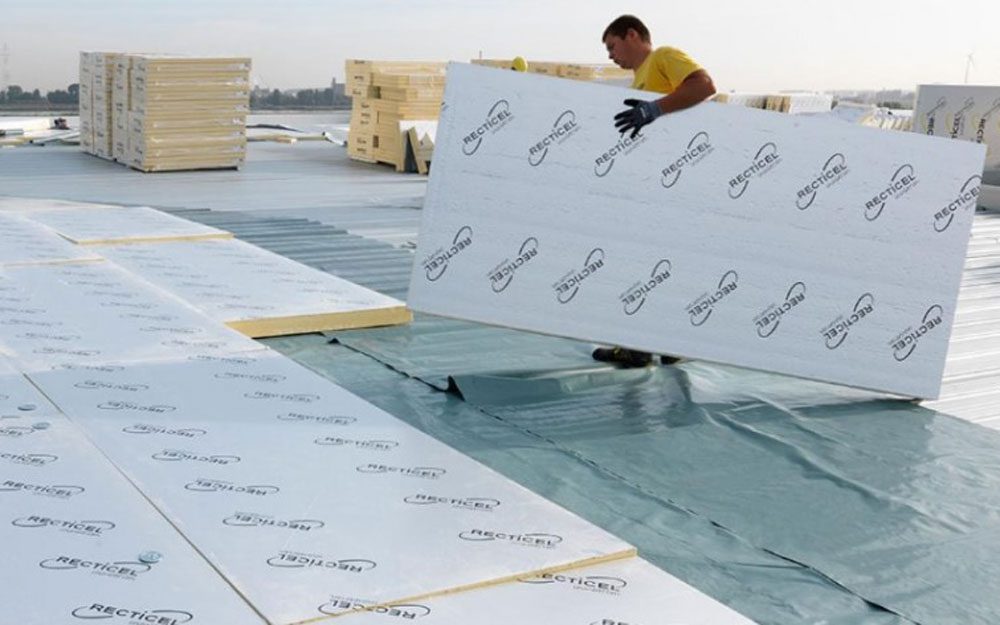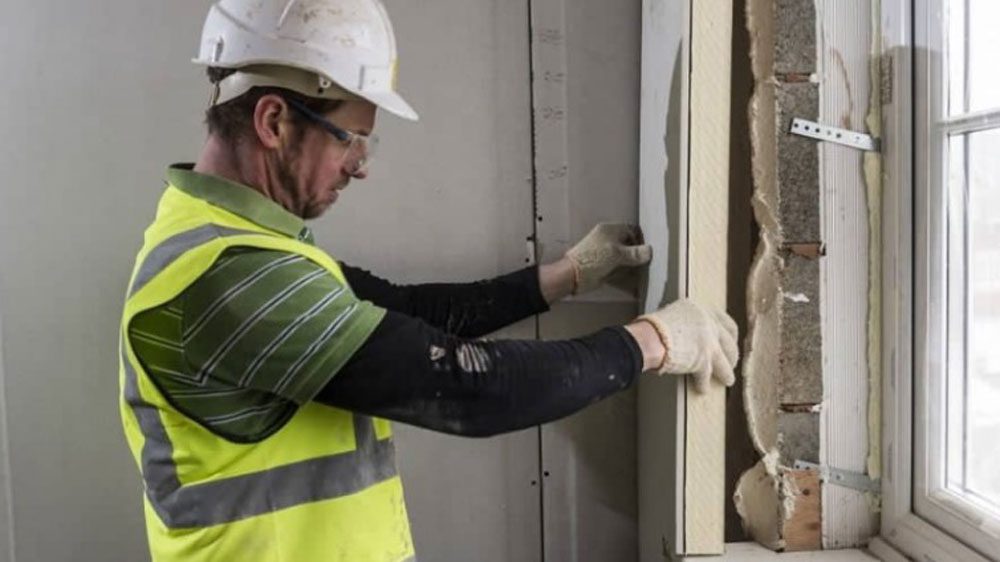Insulating your house or workspace keeps the interior cosy and cuts down on your electric bills. Polyisocyanurate boards, or PIR boards for short, are stiff panels that homeowners across the UK often use for this purpose. Their superior thermal performance keeps heat and moisture from passing through. They’re also slimmer than other types of insulation materials, so they occupy less space. Whether you’re looking to insulate your roof, walls, or floors, here’s all you need to know when purchasing PIR panels.

What’s the Right Thickness?

25mm
For areas with a limited amount of space or less demanding insulation requirements, a thin PIR insulation board of 25mm is the ideal option. Even though it is not as thick as the alternatives, it provides great thermal resistance and helps keep your space cool in the summer and warm in the chilly winter.
Gone are the days when insulation meant bulky layers occupying precious living space. These panels add another layer of resistance to buildings with small spaces or thin walls. It contributes to better energy efficiency without reducing the space available. Because of its smaller profile, a 25mm PIR insulation board installs more quickly and easily. This is especially helpful for smaller projects or spaces that need an immediate insulating fix.
Moreover, thinner panels are an affordable choice for those tricky spots in your building that need a boost in insulation, like the area surrounding windows or doors. Without having to make significant insulation renovations, they let you protect specific areas with ease.
50mm
50mm panels provide a suitable solution in cases where budgetary or space limitations are important factors. They offer great insulating power without needing major renovations of your current space. Whether you choose a PIR insulation board of 25mm or 50mm thickness, these designs provide a decent degree of thermal insulation and take up little space. They help you achieve a cosy indoor temperature by efficiently reducing heat loss.
These panels are flexible options for various settings due to their smaller profile. They’re simple to install in spaces with limited space or retrofitting projects, and you can use them in both business and residential settings.
Insulation panels that measure 50 mm are usually less expensive than their thicker alternatives. They offer fantastic energy efficiency along with financial savings. So, if you’re dealing with a limited budget, 50mm boards can be a good choice.
100mm
Among the best options to attain maximum thermal efficiency and save money are 100mm panels. They offer an enhanced barrier against heat transmission, with twice the thickness of 50mm panels and four times the thickness of 25mm PIR insulation panels. The thicker panels block heat gain in the summer and drastically lower heat loss in the winter. Consequently, the inside temperature stays constant, which means there’s less need for heating or cooling, which in turn reduces your energy costs.
Apart from their superior thermal qualities, thicker panels also improve soundproofing. They successfully reduce noise transfer between rooms and from the outside, which makes your space calmer and quieter.
What Are the Advantages of PIR Insulation?

High-quality
With their lambda values of 0.022, PIR boards offer the finest insulation on the market. The only insulation with a higher rating is Resol, which performs worse in terms of application and resilience to pressure and humidity.
Thin Profiles
One great thing about this material, especially the 25-mm PIR insulation, is that it saves you a ton of space. Due to their superior insulation value, these panels occupy less space while providing the same thermal resistance as many other materials. For example, you would only require a thin PIR panel to get the same Rd value with panels composed of expanded polystyrene foam (EPS);
Easy to Install and Integrate
PIR boards are easily integrated with a variety of finishes in different structural applications. For instance, if you have a flat roof, you can choose bitumen roofing with your preferred application method.
The panels are lightweight, easy to manipulate, produce almost no dust, and don’t cause any itching.
Humidity-Resistant
In the UK, there are often temperature fluctuations and heavy precipitation. PIR doesn’t absorb moisture, so it keeps its initial weight and insulating value.
Walkable and Pressure-resistant
You can rest easy knowing that these boards won’t buckle under your weight or distort when you walk or stand on them. Once you set them up, maintenance staff can easily access the roof for various purposes, such as maintaining the AC system, solar panels, and other installations. This is important because broken panels can often lose some of their thermal resistance. When they’re damaged, your roof can even rupture and allow water to pass through.
Abide by Fire Safety Laws
These panels don’t melt or leak, and they produce little to no smoke. They’re non-flammable, much like mineral wool.
Is PIR Insulation Safe?

Due to the steadily growing prices of energy and heating, many investors are focusing more and more on finding ways to lower operating expenses. Not only should new homes be elegant and stylish, but they should also use less energy. Polyurethane boards are ideal for this purpose. Building professionals are paying close attention to PIR panels since they’ve established themselves as the industry standard for thermal resistance.
As with many other types of building materials, some people have concerns about PIR’s possible toxicity, which might endanger the health of people in polyurethane-insulated buildings. This material is composed of solid polyurethane cells and has undergone many laboratory tests that demonstrate its total safety for the environment and your health. Both those installing the panels and the occupants of insulated homes can safely handle this material.
In addition to being safe, using polyurethane panels for thermal insulation in buildings is good for your health. PIR boards are resistant to humidity, so there’s a smaller chance of mould, fungus, or bacteria forming in your home. This material is resistant to biological influences and protects your interior environment.
Whether you opt for 100mm or 25mm PIR insulation, this material makes your home cosier, cost-effective, and more environmentally friendly without requiring any sacrifices. Instead, it embraces innovation and seamlessly integrates it into your life. Here’s to mastering efficiency and creating spaces that not only withstand the elements but also thrive in them!


